We had been stuck in Uyuni for a few days seeing out the last of the Vixens bacteria belly and were keen to get the hell out of Dodgeville.
We got on the 9h30 bus to Potosi, a mere 7 hour journey, a mere pitance compared to the 20-30 hour Argentinian bus rides we had taken... or so we thought. The buses to say the very least are not of the same standard in Bolivia as they are in Argentina. We started by having to hurl our luggage up onto the roof of a bus that looked like someone had pasted 4 or 5 Mini bus taxis together, we had the only normal looking backpacks with everything else being flung up there either being in a large grain sack or wrapped in a blanket. The rest of the luggage consisted of chairs, old TVs, large plastic bags of unidentifiables food stuffs, kitchen ware and a couple kitchen sinks for luck. Most of the goods belonged to 2 Bolivian dwarf women (ok they are all dwarfs compared to us) who kept thowing more and more stuff up onto the roof. Even the locals started complaining that there was too much stuff on the roof but the bus drivers just shrugged and said this was how they did it in Bolivian (code for - deal with it Gringo!). Finally we got onto the bus clutching our still uninspected tickets to our Gringo selves. It was at this point that we realised that they didnt just overload the roof but the interior as well, more and more people kept getting on the bus, sitting in eisles (mostly ontop of more stuff the 2 Bolivian dwarf trolls had brought on board) and all around us. There was a heavy smell of Coca leaves in the air as all the locals enthusoiastically chewed but didnt ever swallow the leaf. The Vix was having a hard time getting into the swing of things, mainly because of the smell of things and the mood was cramped and guarded. We felt optimistiuc however, we were sure to get used to this and after all ....how bad could it really be? Really bad! After 2 hours on dirt and dust roads with monkey like hands of rural pensioners (if you still get a pension after you turn 100) clutching our headrests a little boy of 3 decided to vomit into a bag just next to him. The Vix felt like she wasnt far behind the 3 year old but managed to swallow her pride and a lot more. Finally after winding mountain roads, lungs filled with Coca and dust and the odd elbow from a disgruntled eisle sitter we arrived in Potosi.
There is actually an interesting story behind Potosi, it was once the worlds richest city, richer than London, Paris and Rome put together. Potosi was the engine that fired the Spanishes conquest and kept their coffers full with the worlds biggest Silver Mine in the Cerro Ricco (literal translation The Rich Hill). But with over 460 years of mining the Cerro Ricco stopped spitting out Silver and most of the wealth left the city. That is not to say that the mountain doesnt still hold minerals, it is still mined today for Tin, Sodium, Zinc and others. The sad tale of the Cerro Ricco is that the Spanish used Indigenous slaves to mine it, with 20 hours of hard labour in harsh conditions and only 4 hours sleep, many miners never coming up for air for years and dying young in the mines. Eventually the Inca slaves stopped working in protest of the harsh conditions. But the Spanish knew that the Indigenous people worshipped all sorts of gods and so they created an Idol for them and called it Dio - God in Spanish, however the Incas could not pronounce the letter D, there was no equivalent in their alphabet and so they called it Tio. Over 400 years later the miners of the Cerro Ricco still worship Tio, the idol in the guise of a Devil who rules the mines. They believe that outside the mine, God rules but inside the mine, Tio rules and if you dont give him offerings and worship him then he will dry up the minerals in the mountain and make you have an accident. The Spanishs influence is therefore still felt hundreds of years later and the indigenous peoples are still a slave to the mountain, many of them kids as young as 10 years old supporting whole families with their labour but without much future of their own as not many miners survive past their 30th year.
Great story dont you think? With such a great intro we had to go take a look ourselves and say Howzit to Tio. A tour to the mines starts in the miners market where you buy gifts for the miners, Coca leaves, cool drinks, 95% proof alchohol and Dynamite (just R10 for a stick). After a pretty cool Dynamite show we ducked into the mines and spent a few hours seeing the conditions they work in, meeting some of the hard men and having a drink with Tio. The tour was good, it helped solidify the history infront of our eyes but it was sad to see none the less.
Since that is all Potosi really has to offer we jumped on a bus the next day and crossed fingers that there was no road block on the way to Sucre.
Monday, 23 June 2008
Subscribe to:
Post Comments (Atom)









































































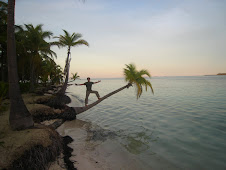
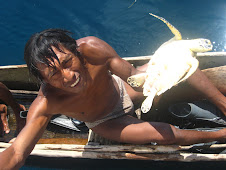

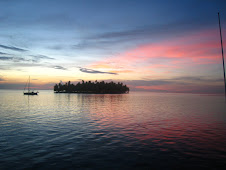









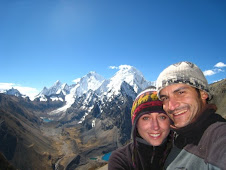









































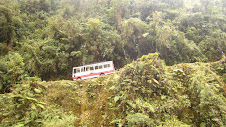

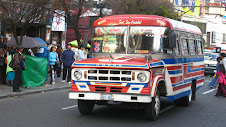
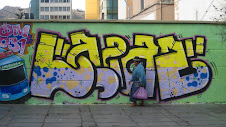





















































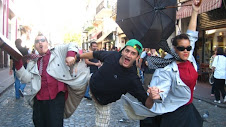

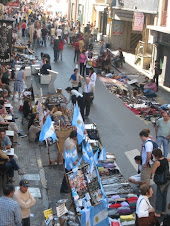








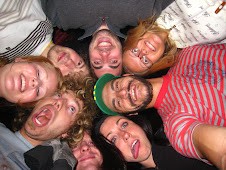
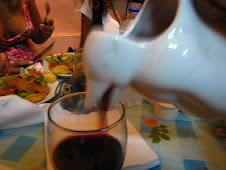
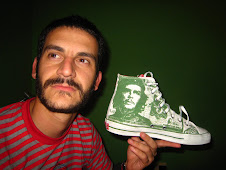
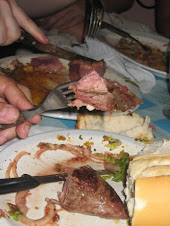



















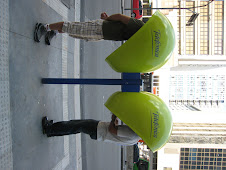
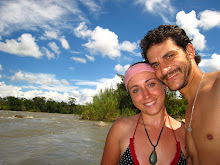
No comments:
Post a Comment